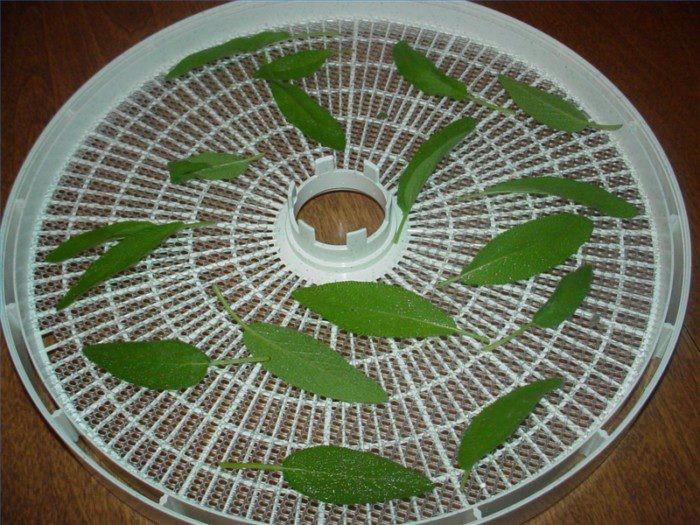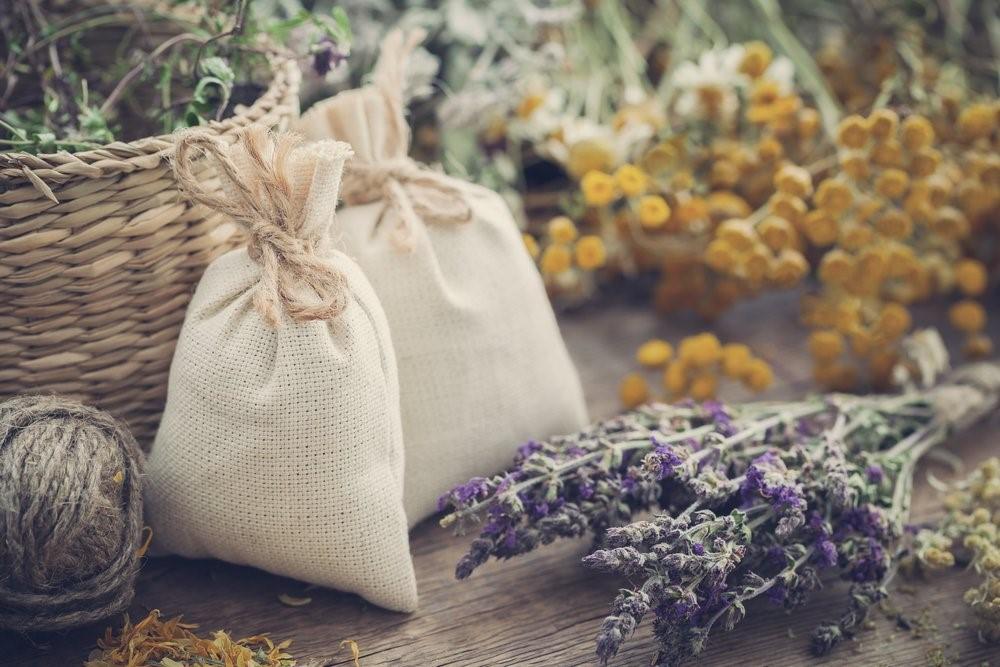Content
Currently, supporters of traditional medicine use dried sage. The raw materials are used to prepare teas, healthy decoctions and tinctures. The herb can be purchased at the pharmacy, but preparing the herb yourself allows you to save money. You can collect sage officinalis at certain times. There are specific requirements for the drying process.
Sage harvest time
The herb contains many essential oils and microelements that help restore the body after illness or strengthen the immune system.

The highest concentration of nutrients is found in the leaves
The following dates are suitable for harvesting sage:
- autumn, 4-5 months after planting;
- next year - in the first half of summer.
Salvia officinalis can be harvested twice a year. If the gardener collected the raw materials in June or early July, the second collection is carried out in September.
Where to collect sage
Before collecting and drying, the medicinal herb must be obtained somewhere. The natural habitat is the Mediterranean countries, but in Russia there is almost no culture to be found.An unstable climate has a bad effect on the condition of the plant, so sage grows mainly in vegetable gardens and greenhouses.
Salvia officinalis reaches 75-80 cm in height, has bluish-green shoots and a strong aroma, especially noticeable when rubbed in the hand. The leaves taste slightly spicy, astringent and always bitter.
You can find the grass you need to collect and dry by looking at its roots. They are characterized by a branched structure and hardness. The stems differ from wild sage species: they are erect, tetrahedral, woody below and herbaceous above.
Rules for collecting salvia officinalis
Collecting grass is not at all an ordinary activity, as it may seem to beginners. The process requires some experience and knowledge necessary to ensure that the sage retains the maximum of useful substances and is suitable for further processing - drying.
Gardeners advise collecting shoots with buds and blossoming lower leaves. Sage is collected depending on needs. So, you can carefully cut off the necessary raw materials with pruning shears - buds, leaves, branches - or tear off the plant along with the roots.
If rainwater, dew or dirt is visible on the crop, the bush is cleaned. The procedure is necessary to reduce the risk of infection. Just pour a little water from a watering can, let the sage dry, and you can start collecting.
Drying Salvia officinalis
For the most part, the raw material is used as tea leaves. Drying and storing sage can be done outdoors, indoors or in a dryer.Natural and artificial drying methods have their own unique characteristics, which are worth considering separately.
The natural way
This includes air drying and indoor drying. Air drying has the following advantages:
- simplicity;
- no need to allocate a lot of space;
- no overheating.
The disadvantages were:
- the need to monitor the weather;
- long duration of the procedure.
It is important not to leave sage in sunlight. The rays turn green shoots into yellow, and the flowers burn out along with them. Ultraviolet radiation destroys the elements found in plant tissues, which makes the crop less useful.
Drying begins immediately after collecting the grass. It is necessary to place the leaves on a baking sheet in one row, trying to prevent the shoots from touching. The baking tray is placed under a canopy; it is advisable to lay thick paper under the raw materials. Salvia officinalis leaves are dried at a temperature of +15-30 °C.

The less moisture in the air, the faster the process will take place.
Drying can also be done indoors. To do this, the sage is laid out on a mosquito net (the size of the cells is not enough to fall through, but excess moisture seeps through them). If it is not possible to lay the sheets horizontally, the material is hung in bunches. Bunches are made from shoots of different lengths - for faster drying.
After collection, the raw materials are tied with thread or a hair elastic. They hang it near the window, open the window and wait to dry. The beams are placed at a distance from each other. On average, the process takes 15-20 days.
In the dryer
In the last few years, electric dryers have been gaining popularity, which provide uniform drying by blowing. Salvia officinalis is harvested immediately after harvest in order to extract maximum benefits from it.
Electric dryer models have several operating modes, including the “Herbs” parameter. The optimal temperature for drying sage is +30-40 °C. It makes no sense to raise it higher, since the raw materials will burn.
After collection, you need to separate the flowers and leaves - only one thing is dried. The material is placed on the device, evenly distributed among the trays, and the dryer is turned on. After six hours, check the readiness of the sage. It may take up to eight hours to prepare the sage if the raw material was initially wet.
When the product is ready (you can tell by touch - if it crumbles, the greens are ready), it is allowed to stand on the table at room temperature.

After the leaves have cooled, they are stored
Storage conditions for sage leaves
After collecting and drying, a new question arises - where and how to store the grass. Gardeners warn beginners against storing in bunches, since in this case sage loses its beneficial properties, taste and aroma.
It is better to place dry leaves in containers with provided ventilation holes. You can use cardboard or cotton. The shelf life will be two years. Raw materials are stored less frequently in glass and metal jars, since due to poor ventilation the storage time is reduced to a year.

Leaves packaged in bags and boxes are left in a room with access to ventilation.
The leaves and stems are stored for two years, then the medicinal elements are completely destroyed.
Conclusion
You can harvest Salvia officinalis several times a year. Dates: from June to July - the first time, from August to September - the second time. After sowing, it is allowed to cut off the shoots no earlier than five months later. Collecting and preparing raw materials requires time and patience. The material is dried naturally (outdoors) or artificially (using dryers). The advantage of the latter over the former in time.









